Hangboarding for Beginners: When and How to Start Safely
Hangboarding is one of the most effective ways to build finger strength — but only when done correctly. Done too early, and you risk injury. Done right, it’s a powerful tool that can take your climbing to the next level. This guide covers what beginners need to know: when to start hangboarding, how to train, and what mistakes to avoid.
When Is It Safe to Start Hangboarding?
The golden rule: don’t rush it.
If you’ve only just started climbing, your body needs time to adapt to the demands of the sport — especially your tendons and pulleys. Hangboarding adds concentrated stress to those areas, and it’s not something to jump into too early.
General recommendation:
- Wait until you’ve been climbing regularly for 6–12 months.
- You should be climbing at least twice a week.
- You should already have some level of control on small holds or edges.
Some climbers may start earlier under coaching supervision, but for most, patience is key. You’ll benefit more from movement drills, technique work, and general strength in your first year.
Choosing the Right Hangboard
There’s no one-size-fits-all when it comes to hangboards. Different models offer a variety of edges, pockets, slopers, and jugs to train grip strength in specific ways. Some climbers prefer deeper holds to start with, while others may want more advanced features right away. Think about what feels comfortable for your current level, but also leaves room for progression. Texture and shape matter too — some boards feel more forgiving on the skin, while others demand more precision.
Not sure which board suits your style? Come down to the Boulder Planet Showroom to check out our selection in person and get advice from our team.

Beastmaker hangboards - A classic choice for finger strength training trusted by climbers at every level.
The "Classic" Repeaters Protocol
Once you're ready to start training, the most popular method is the "repeaters" protocol. It’s structured, simple, and effective for general strength gains.
Classic Repeaters (Beginner Version):
- 7 seconds hang, 3 seconds rest
- Repeat 6 times (one set = 1 minute)
- Rest 2–3 minutes between sets
- 3–5 sets total per session
- Train 2–3 times per week, with rest days in between
Use a comfortable edge — usually around 20mm — and always warm up properly before your first hang.
Avoiding Common Mistakes
Many injuries happen when climbers rush into hangboarding or try to do too much, too soon. Here are a few things to watch out for:
- Skipping the warm-up: Always warm up your shoulders, fingers, and core first.
- Using too small an edge: Start with a larger hold. Don’t go straight to micro-edges.
- Hanging with bent arms: Keep your arms straight but engaged (not locked).
- Going too hard, too often: More isn’t better. Quality and recovery matter.
- Ignoring pain: Sharp or persistent pain is a red flag. Stop immediately.

Eye-catching and ergonomic, the So iLL Split Palm blends style with serious training potential.
Final Thoughts
Hangboarding isn’t just for elite climbers — but it does demand respect. Ease into it, stick to proven methods, and prioritise good form over intensity. Your fingers will thank you.
Need help choosing a hangboard or want tips on setting up at home? Visit us at Boulder Planet Showroom — our team is happy to help!



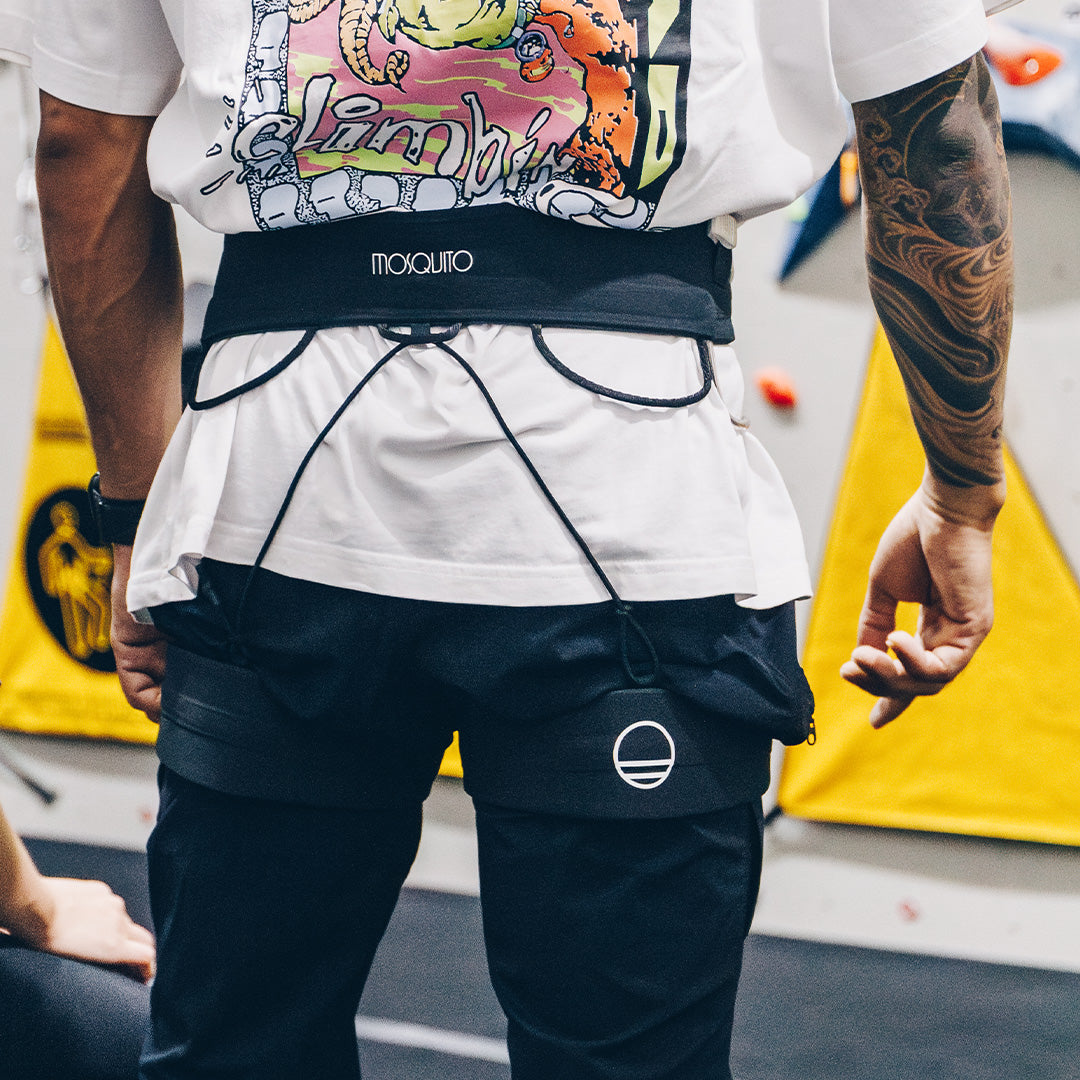

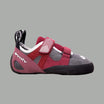
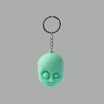
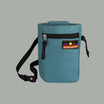
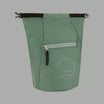
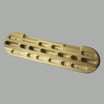
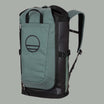
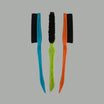
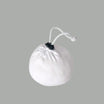
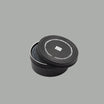
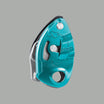
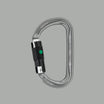
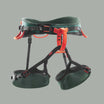
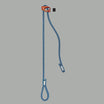

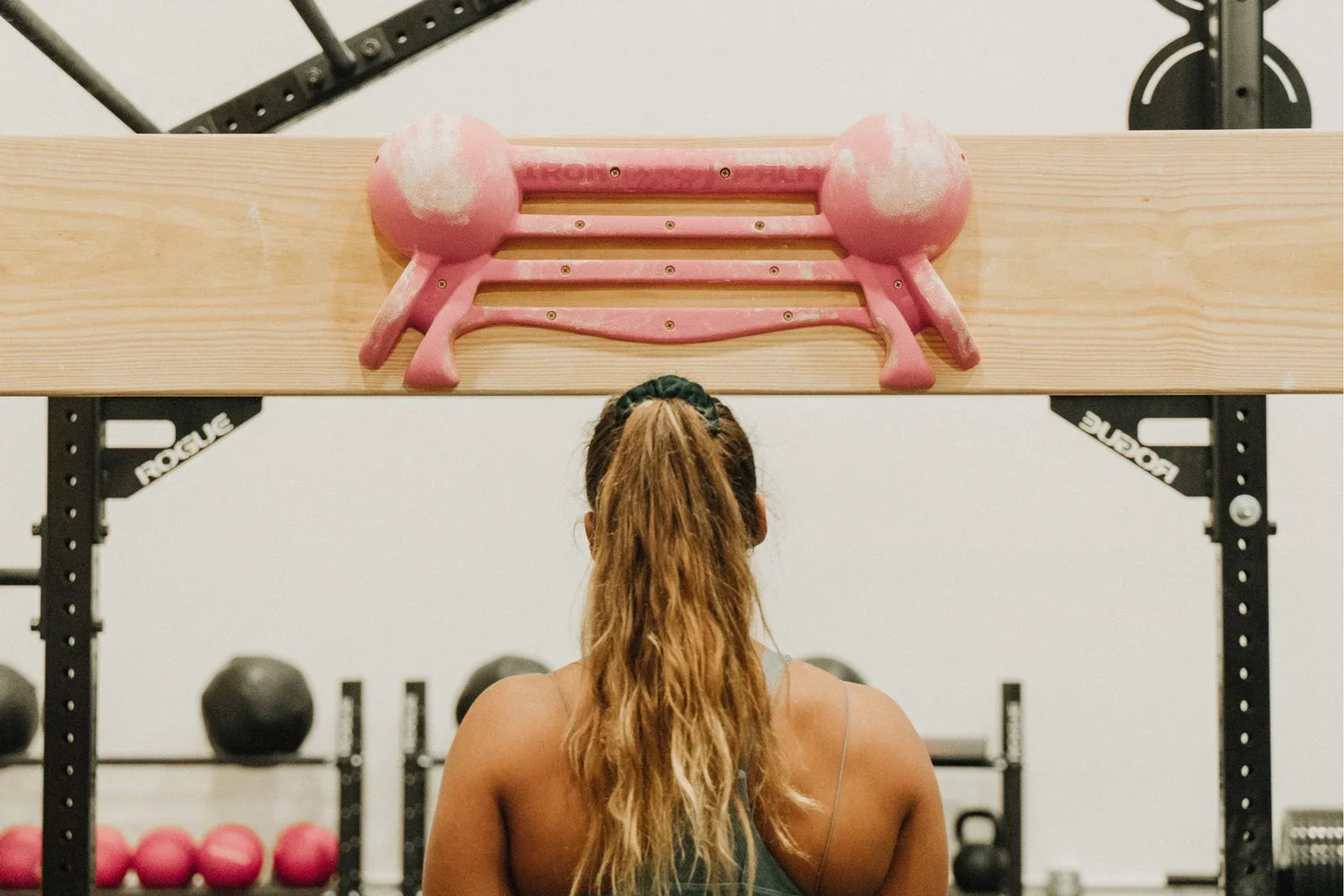
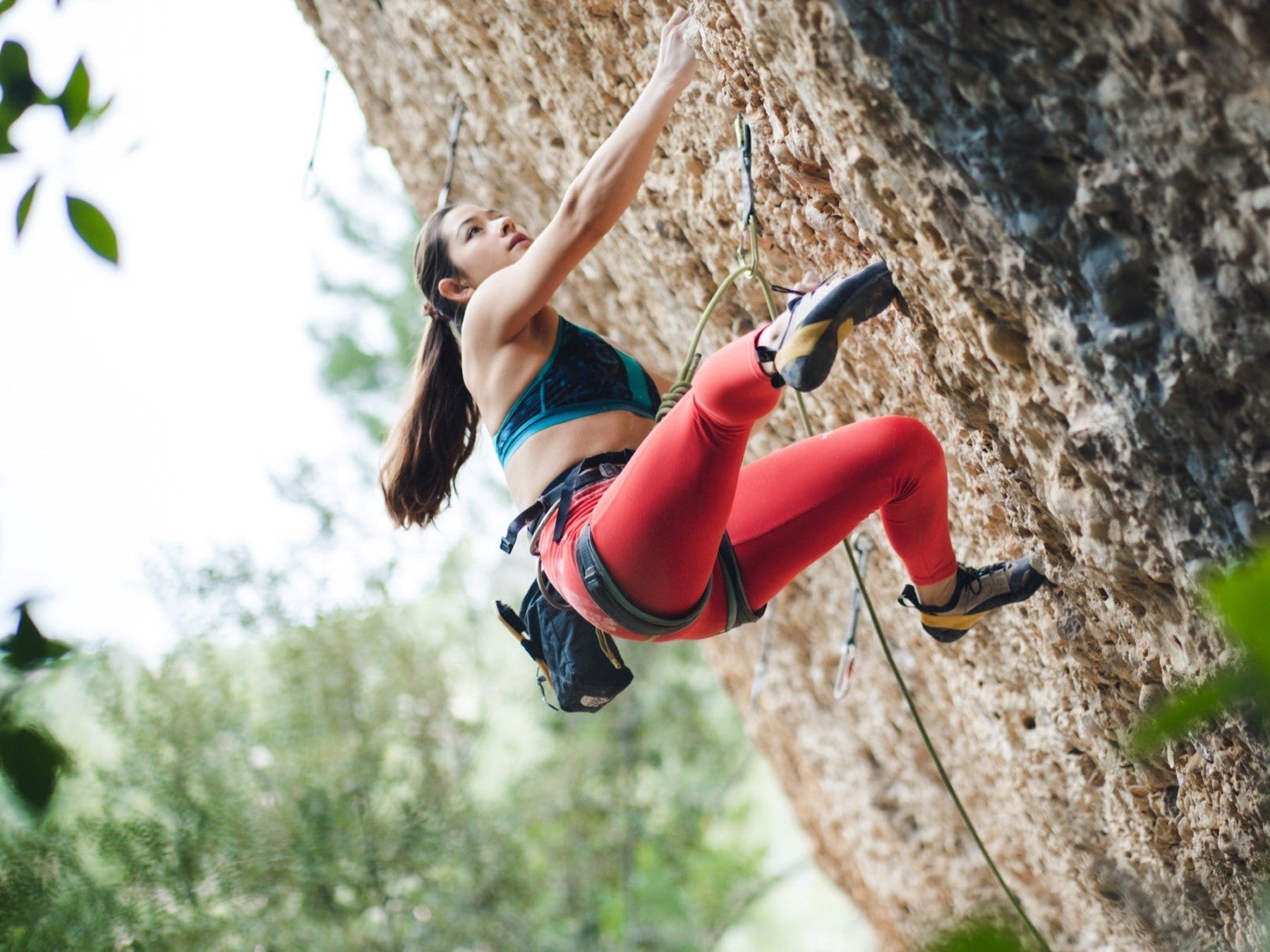
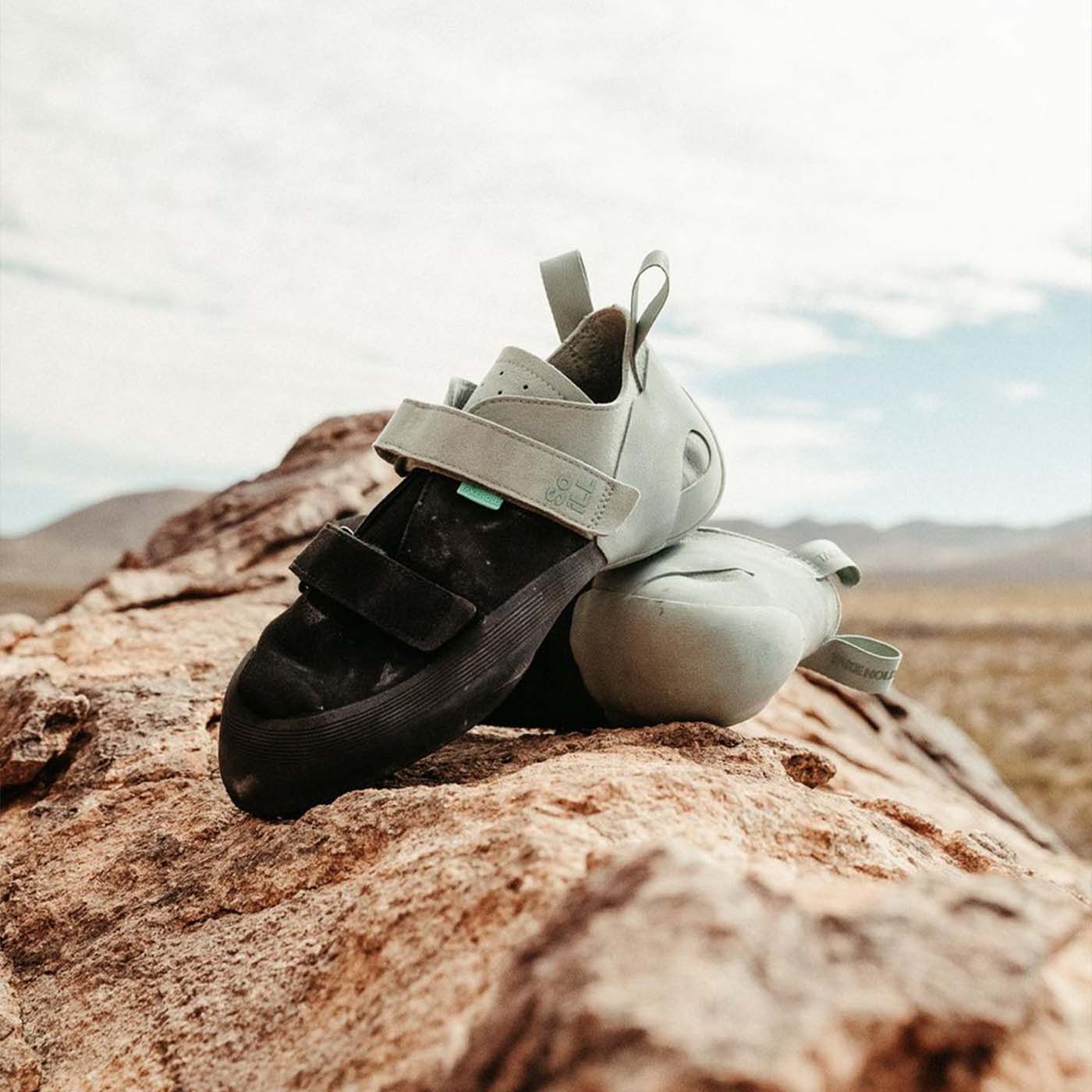


Leave a comment
This site is protected by hCaptcha and the hCaptcha Privacy Policy and Terms of Service apply.